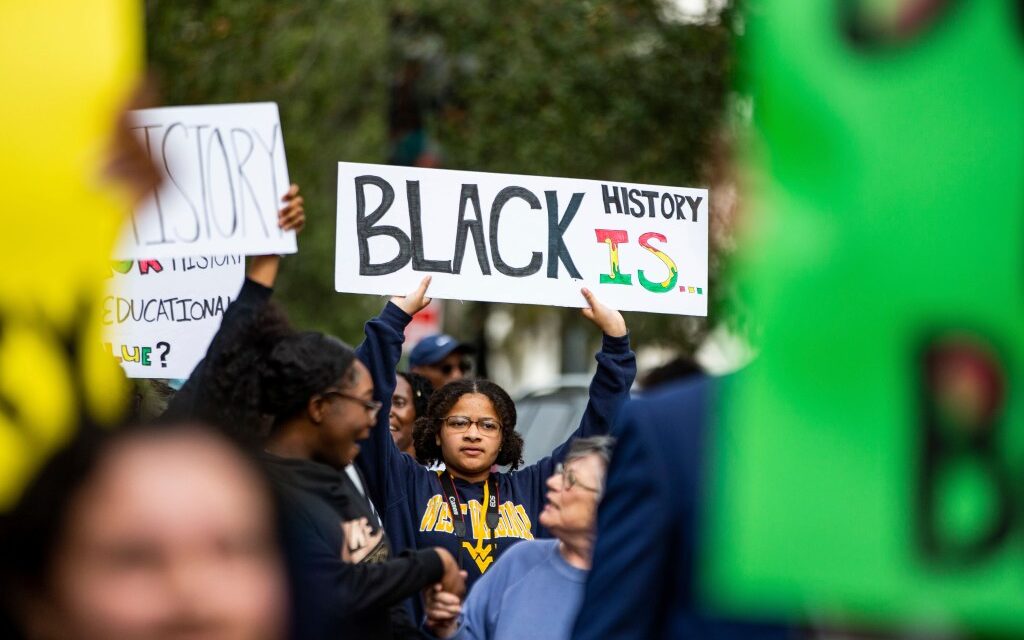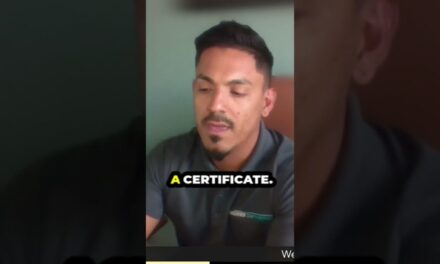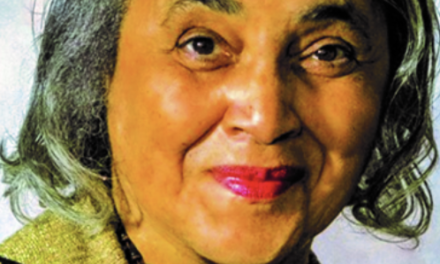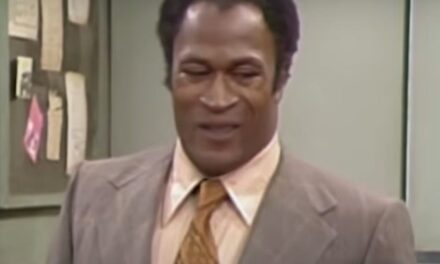
I am a white student at Hereford High School — statistically the whitest public high school in Baltimore County — and when I signed up for an Advanced Placement African American Studies class, I was scared. First, because the class was new and I didn’t know what to expect, but second, because I knew that in that class, I would have to grapple with my contribution to the racially disproportionate 85% white population of my school.
On the first day, I walked into a classroom with more Black students than I had ever shared a class with and my first Black teacher. In a school with just 2.5 Black students for every 100, according to Maryland State Department of Education data, my AP African American Studies class was half Black.
On that first day, we were assigned the task of crafting “micro-lessons” — five-minute-long lectures on any African American-related topic: spades, Black sitcoms, Black billionaires, or the one I chose, a hip-hop song by a Black artist.
Before we presented our micro-lessons to the class, our teacher vetted them. I started my presentation with a full AP-English-style analysis of “King Kunta” by Kendrick Lamar, praising his repetition, metaphors and triple-sided analogies. I was halfway through explaining an allusion to Ralph Ellison’s “Invisible Man” when my teacher interrupted me. “The question you need to answer,” he said, “is how does this relate to African American Studies? Why does this matter?”
I stopped, reddened, and started to stutter. I’d never thought of that. I was so certain my AP English skills would sustain me that I didn’t pay much attention to the point of the project, the point of the class itself.
After enough ums and uhs to trigger my teacher’s concern, I said, “Because it shows how Lamar takes back the story of a slave and calls him a king.”
“Exactly,” my teacher said. “I’m not trying to make you uncomfortable, I’m just trying to connect you with your understanding of the class.”
And I did connect with it then. I had been learning at a distance, academically removed from the social-emotional thinking the content required and separated by a subconscious want to defer any responsibility or guilt for not being aware of Black history or culture — and fearing that my Black classmates could smell it on me. But as I began to relate to the lessons and understand where my place in them was, I unlocked a deeper understanding of the class.
It was my appreciation for that understanding that made me so disturbed last month to hear that the Harford County school board initially blocked AP African American Studies in its high schools. The board has since reversed its decision — and to say I’m glad is an understatement. Board members at first criticized the class as “divisive,” “political” and “questionable,” but critical thinking has fortunately seemed to soften the inflamed debate on this subject. If any anxieties over racial questions still linger on the school board, let me avail them with this:
Hereford High can more closely resemble the high schools of Carroll or Harford County in terms of demographics than other schools in Baltimore County. And one might think that an AP African American Studies class could never gain ground there and speak to the students at my school. But it has.
From the inaugural class with one section of 19 students at Hereford High, enrollment has almost tripled to 54 students, my teacher tells me, and Hereford will sport two sections of the class next year. In short — it worked.
And if it can work at Hereford, then that gives me hope that it can work in Harford, too. African American Studies is one of the most important AP classes a high schooler can take — especially in a county where the controversy over the curriculum may prove it’s needed most. The class not only creates space for Black kids to see their culture represented — as hard as that is in white-dominated schools — but it makes room for allyship where it was never expected from classmates before.
As a white student of a successful AP African American Studies class in a nearly all-white school, I’m hopeful the course will have the same success in Harford County. I’m relieved to see another county in Maryland say to its students, of all races: We care.
Anna Orner (aeo06@comcast.net) is a student at Hereford High School in Baltimore County.




